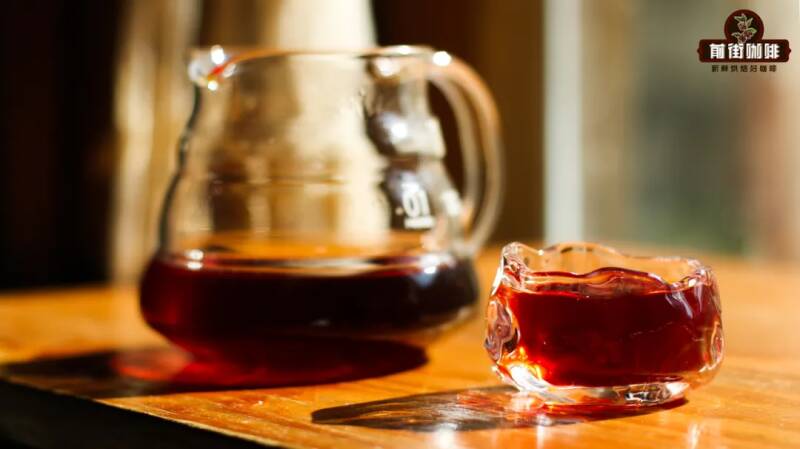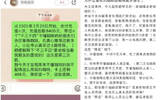What is the difference between single coffee beans and mixed beans? What is the difference between boutique coffee and commercial coffee? Why is hand punch more expensive than Italian style?
It is not difficult to find that in most cafes or coffee chains, handmade coffee is basically more expensive than espresso. Common hand prices range from 30 to 50, and some even go to 100 or more. On the other hand, espresso such as latte, Australian white and American style have always been in the range of 10-30. So many friends don't understand: "tie! my latte has milk, how can it be cheaper than this water-only hand?" (joking)
OK, I'll give you three seconds to think about it, and then you can check the answer with the front street pair to see if it is in line with the factors you have in mind.
First, the price difference between the two grades of coffee beans mainly comes from the grade of coffee beans they use, hand-brewed coffee is mainly single beans that express flavor, while Italian coffee is mainly commercial blending with high stability. Because espresso has a wider audience and has become a daily routine for most people, compared with the multiple choices of hand-brewed coffee, merchants need to keep a stable taste of espresso for a long time. But coffee beans belong to agricultural products, the taste will change with the climate change of the planting environment every year, to put it simply, it is very unstable to watch the sky to eat. Therefore, we need to find a way to make the coffee beans used in Italian style have a stable taste for a long time! And "matching" is the best choice to accomplish these feats.
By mixing and matching several beans from different producing areas and different treatments, we can not only make up for their own shortcomings, but also dilute the importance of each bean, even if which bean does not have a good performance in the coming year. it can also be diluted because of its importance, and can be replaced and filled with excellent beans from other producing areas. And in order to make espresso without being masked by milk, it is necessary to deepen the roasting so that the coffee has a stronger flavor to "counterbalance" the milk. As a result, the demand for beans has dropped a little. after all, at the beginning of medium and deep baking, some of the characteristic flavors of beans will be gradually buried by the flavor brought by the caramelization reaction. So in the case of less "extreme" requirements, most of the mixed beans will be combined with commercial coffee beans, which is more cost-effective!

Hand-brewed coffee can better interpret the flavor characteristics of coffee beans, so after the release of the concept of boutique coffee, it has gradually become the representative of the production of boutique coffee. Therefore, in the choice of beans, hand-brewed coffee will use higher-level, more excellent flavor of individual coffee beans. And these high-grade, high-quality coffee beans are bound to have a matching purchase price. Therefore, the purchase price determines the selling price, and the price difference between espresso and hand-brewed coffee is clear at a glance.
Second, the price of coffee beans, even if the Italian style also uses high-quality single-product coffee beans, but its price will still be cheaper than hand-made. Because, as mentioned above, espresso has a wider audience for coffee shops, this leads to higher consumption of coffee beans than hand brewing. Higher consumption means coffee shops can buy more beans at a time, so everyone must know the difference between wholesale and retail, and the same is true for coffee beans.
For coffee beans, the purchase price of 500g and 10kg will not be the same grade, so just like the first factor, because the purchase cost is different, it will naturally make a certain difference in the selling price of the product!
Third, the labor time cost is finally the labor time cost! When the ingredients are ready, it takes us about two minutes to make a cup of espresso, while when the ingredients are ready, it takes at least 3-4 minutes to make the coffee. Moreover, it is difficult for baristas to engage in other operations during the production of hand-brewed coffee. Because the production of hand-brewed coffee needs to pay attention to a lot of details, the state of beans, the height of water injection, the time of launching, and so on, all these will make baristas need to focus on the brewing of hand-brewed coffee.
The requirements for the production of espresso are relatively less stringent. After all, the extraction parameters of espresso have already been debugged in the early test. Now all the barista has to do is to put the material in a fixed position and leave the rest to the machine. During this period, we can do other operations separately according to our proficiency in the operation, so the cost of making espresso is much lower than that of hand-brewed coffee. This is why many coffee shops do not set up hand-made coffee, which is time-consuming and time-consuming.

So we all know why hand coffee is more expensive than espresso. It is not only the grade of the coffee bean itself, but also the difference brought about by the purchase cost of the coffee bean and the time cost of labor.
-END-
Important Notice :
前街咖啡 FrontStreet Coffee has moved to new addredd:
FrontStreet Coffee Address: 315,Donghua East Road,GuangZhou
Tel:020 38364473
- Prev

Members were "charged" by bosses for not knowing coffee?!
▲ Click to pay attention| Daily Boutique Coffee Culture Magazine Coffee Workshop If you discover a good shop and drink a good cup of coffee, your friends will more or less share it with their friends. This is the case with a blogger on the social platform. From time to time, she would take her friends to check in and taste the treasure shop she found
- Next

White prostitute's cold coffee knowledge: The origin of ice-drop coffee, who invented cold extract coffee? Where did Arabica originate?
Even if you read countless books, there will always be some knowledge that is often ignored because it is too inconspicuous. We will call this kind of knowledge "cold knowledge". So today, Qianjie will come and share some cold knowledge about coffee! There is no Spanish latte in Spain (Spanish L
Related
- What effect does Italian American coffee with filter paper have? Will coffee taste better if it is put on filter paper at the bottom of the powder bowl?
- What is the color difference in coffee beans? What are the characteristics of honey processed coffee beans? Why are the anaerobically treated coffee beans uneven in color?
- How does novice Xiaobai quickly get started and make coffee? Newbies learn to make coffee by hand and share the specific steps and process process!
- Costa tea has a shelf life of 100 years?! Expert: Unable to verify
- It's a huge uproar! American milk addition was rejected by Manner employees?!
- Mocha pot coffee bean recommendations| How fine and how much powder should be used for grinding? What parameter ratios do I need to use to make milk with Mocha pot coffee?
- What are the characteristics of the world's top ten coffee beans treated with Costa Rica honey? How to make black honey kadura from Tarazhu Pilon Processing Plant taste good?
- How to make deep-roasted coffee? What grinding water temperature does authentic Jamaica Blue Mountain No. 1 coffee use to brew it well?
- Selected high-grade rose summer coffee flavor tasting guide Why Panama rose summer has the aroma of flowers and fruits
- What equipment does a novice Xiaobai need to buy to learn to make coffee? Filter cup electronic scale bean grinder manual flushing pot purchase guide

